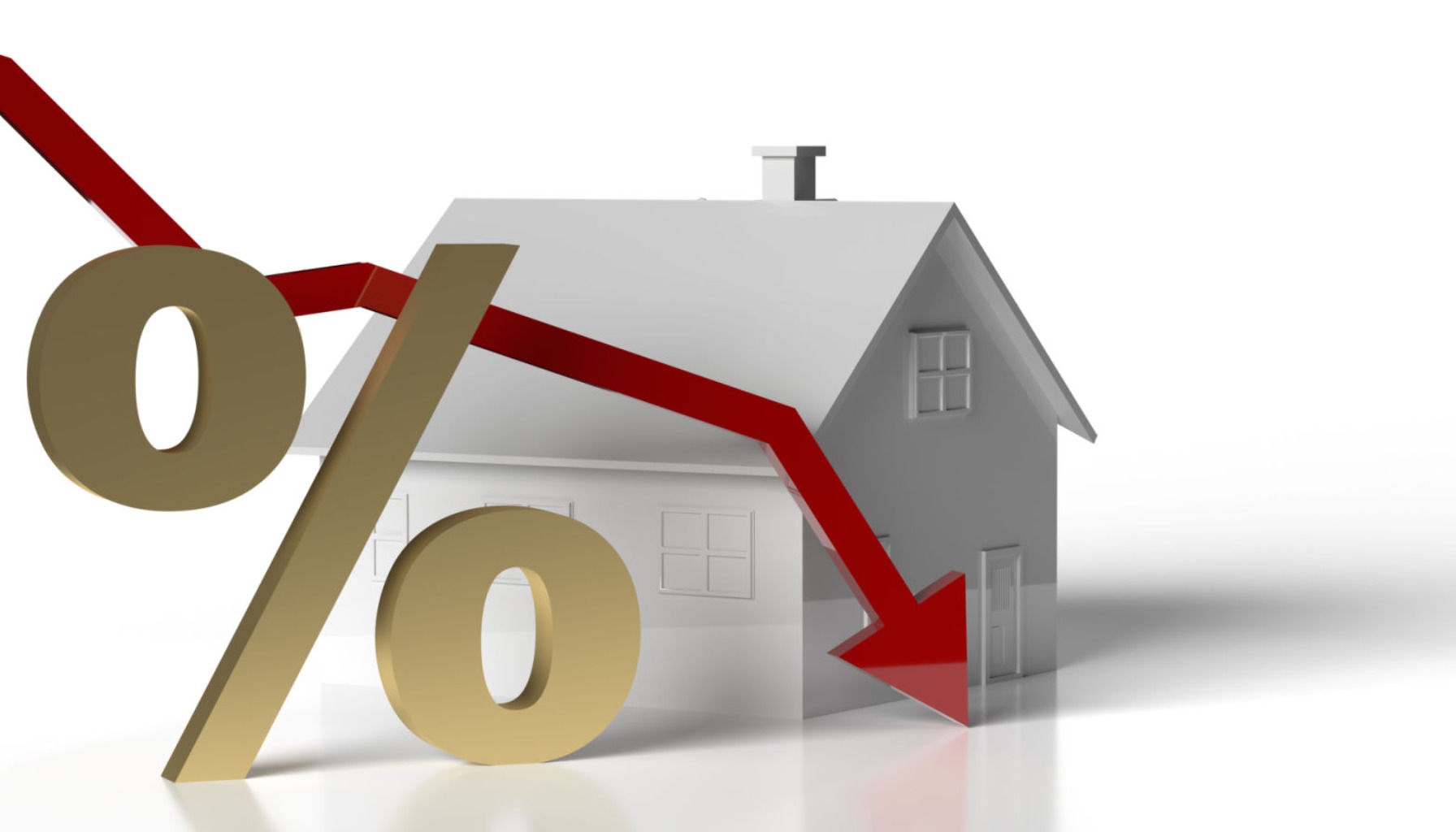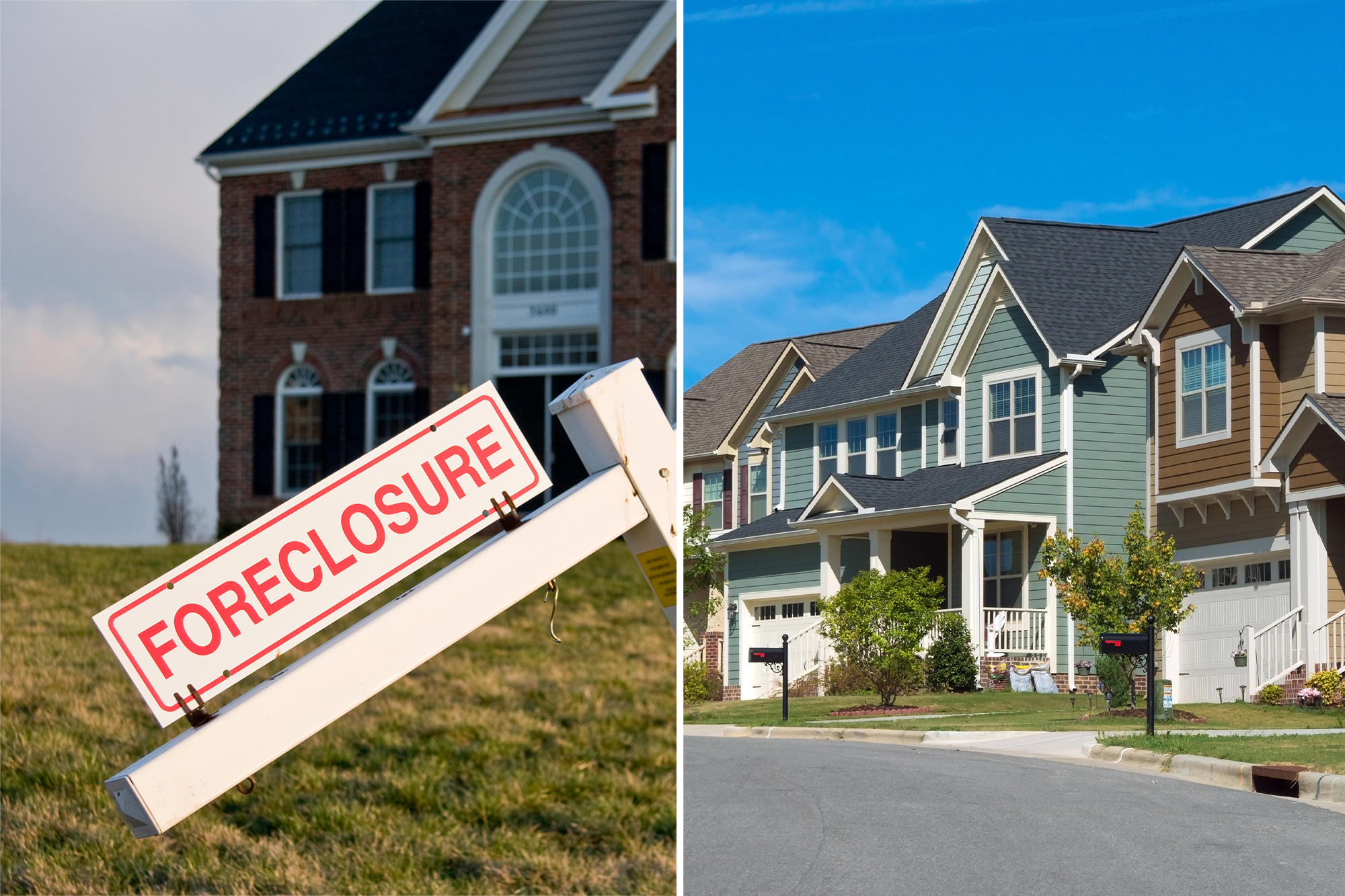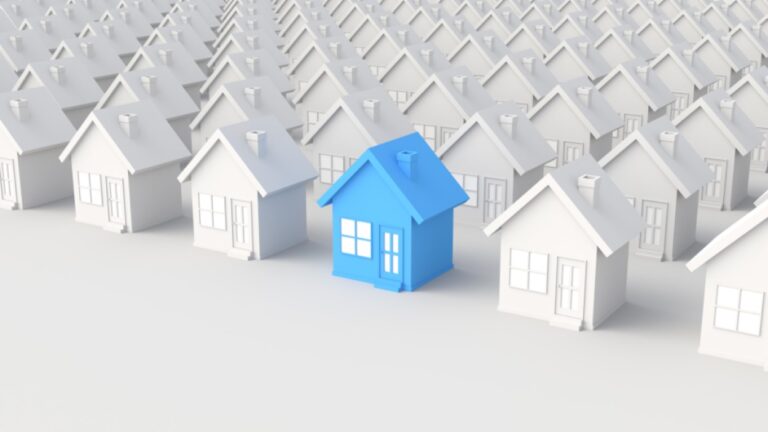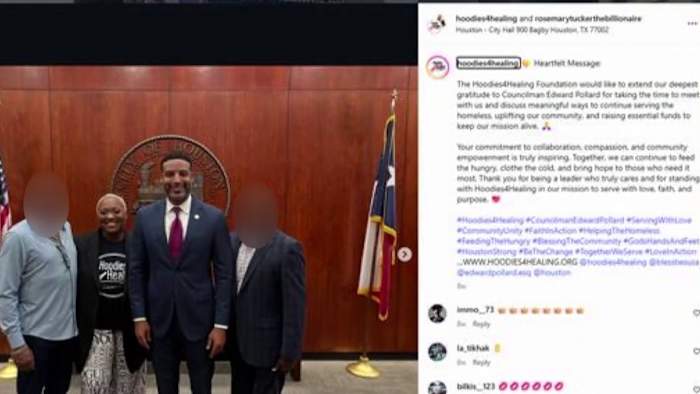A
re you dreaming of a 4% mortgage rate next year? While it's understandable to hope for super-low rates like those seen during the pandemic, experts aren't predicting a return to 4%. In fact, most forecasters expect mortgage rates to stay in the mid-6% range throughout 2026.
Currently, as of late July 2025, the average interest rate for a 30-year fixed mortgage is around 6.85%, depending on your credit score, down payment, and lender. This isn't set in stone, but it's a reality check for those holding off on buying or refinancing.
To put things into perspective, here are some current rates:
* 30-Year Fixed Mortgage Rate: Approximately 6.85%
* 15-Year Fixed Mortgage Rate: Around 5.87%
Those sub-3% rates seen during the pandemic were exceptional and driven by emergency measures to prop up the economy. In reality, interest rates have ranged from 6%-18.36% over many decades.
Expert predictions from major players in real estate and finance are consistent:
* National Association of Realtors (NAR): 6.4% (2025), 6.1% (2026)
* Fannie Mae: 6.7% (2025), 6.1% (2026)
* Mortgage Bankers Association (MBA): 6.8% (Q3 2025), 6.6% (Q1 2026)
The consensus is clear: no one expects a return to 4%. Most experts predict rates will hover in the low-to-mid 6% range throughout 2026.
Several economic forces are at play, including:
* Inflation: As long as inflation remains above the Fed's target, significant rate cuts are unlikely.
* Federal Reserve Policies: The central bank is likely to take a measured approach to easing monetary policy.
* Economic Growth: A strong economy can put upward pressure on interest rates.
A look back at mortgage rate history shows that today's rates are actually pretty average when you zoom out and look at the bigger picture. Those super-low rates from 2020-2021 were a blip in the timeline, not the norm.
Based on current economic conditions and expert forecasts, expecting rates to plummet to 4% next year is overly optimistic. Here are some reasons why:
* Inflation's staying power: As long as inflation remains above the Fed's target, significant rate cuts are unlikely.
* The Fed's cautious approach: The central bank is likely to take a measured approach to easing monetary policy.
* Still relatively high Treasury yields: The 10-year Treasury yield has to decrease substantially to translate into meaningful mortgage rate reduction.
While a drop to 4% is unlikely, here are possible scenarios that could lead to lower rates:
* A sharp decline in inflation
* An economic recession
* Global stability
However, these scenarios are less probable. Most economists aren't expecting any of these situations to play out.
Higher mortgage rates undeniably impact your wallet, translating to higher monthly mortgage payments. Here are some tips to navigate today's higher rate environment:
* Boost your credit score: A higher credit score can qualify you for a lower interest rate.
* Increase your down payment: A larger down payment can lower your loan-to-value ratio, potentially resulting in a better rate.
* Consider an Adjustable-Rate Mortgage (ARM): ARMs often have lower initial rates, but keep in mind that the rate can adjust in the future.
* Shop around: It's essential to compare rates from multiple lenders to find the best deal.
The bottom line is that hope is not a strategy. Be realistic about your expectations and focus on what you can control. Improve your credit, save for a larger down payment, and shop around for the best rates.














